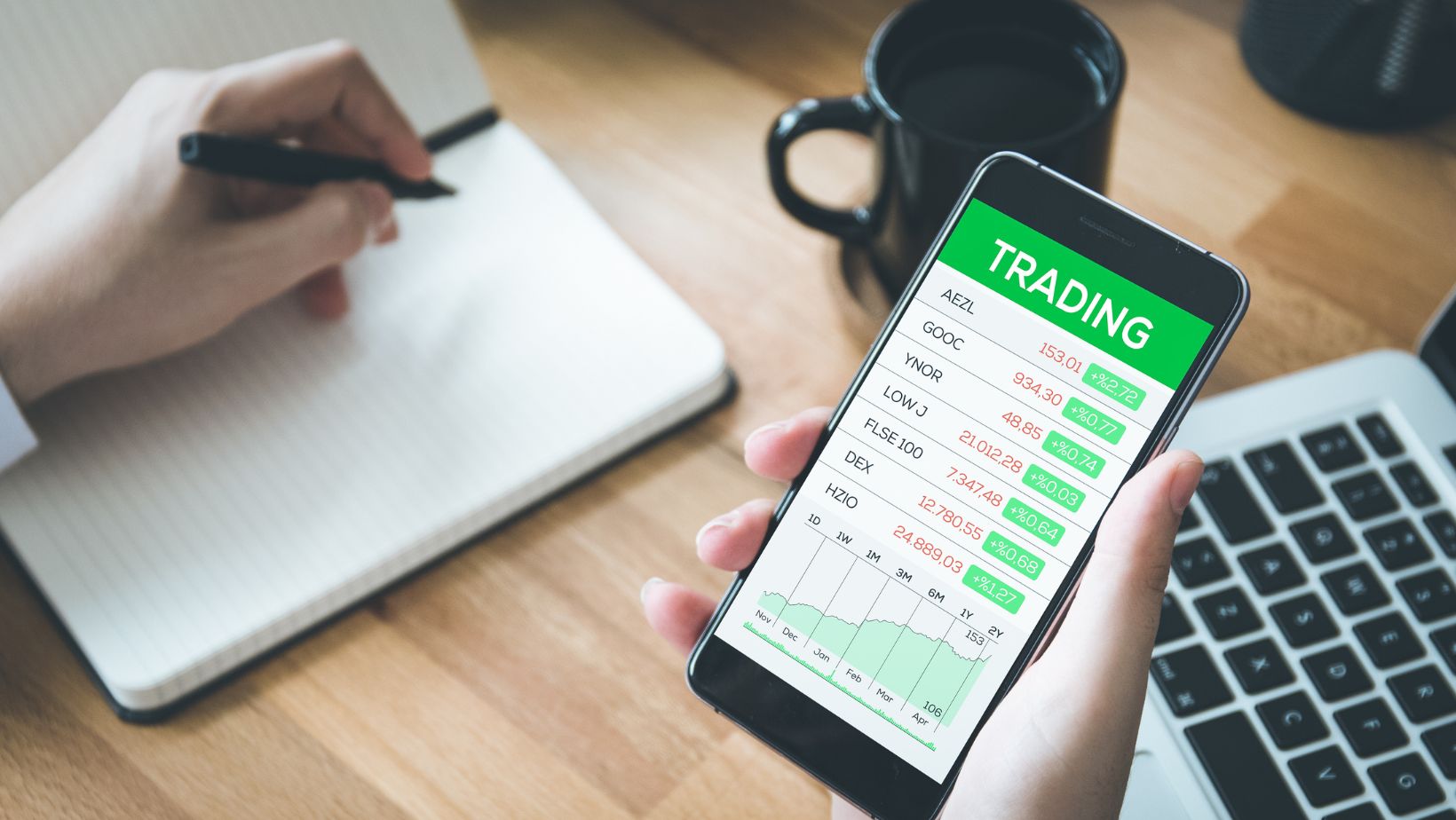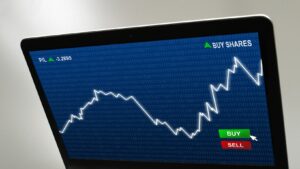
In the vast, volatile world of finance, Forex trading often emerges as a compelling venture. But the million-dollar question remains, is trading Forex truly profitable? This article delves into the intriguing world of Forex trading, exploring its potential profitability.
Join us as we unpack the realities of Forex trading, providing insights that could help you navigate this exciting financial frontier.
Understanding Forex Trading
Delving into the details, it’s pivotal to decode forex trading, its workings, and the factors which influence profitability. Presented hereafter are the essential nitty-gritty about forex trading.
What is Forex Trading
Forex trading, also known as currency trading, involves buying and selling different world currencies. A decentralized global market, Forex, proffers a platform where all the currency transactions transpire. Marketplaces found across cities like Tokyo, London, and New York link to make a market available 24 hours, providing constant opportunities..
 How Forex Trading Works
How Forex Trading Works
Forex trading operates through currency pairs. Traders buy one currency and sell another concurrently. The quoted price represents how much of the quote currency it takes to buy one unit of the base currency. For instance, in the EUR/USD pair, EUR is the ‘base’ while USD is the ‘quote’. Price fluctuations occur due to economic factors, such as inflation and geopolitical events.
Forex trading’s complexity necessitates a comprehensive understanding of market mechanics, currency pair relationships, economic factors, and, crucially, risk management. These highlight the speculative nature of forex trading, dousing any concept of guaranteed profitability. It’s why understanding forex trading anchors itself as the initial, yet crucial step towards forex proficiency.
Is Trading Forex Profitable
The profit potential in Forex trading emerges chiefly from two things: strategic acumen and understanding of complex market dynamics. This section delves into these aspects.
Key Factors that Influence Forex Profits
 Several elements impact Forex profits. One, currency rates fluctuate, steered by economic indicators like GDP, employment figures, and interest rates. For example, robust GDP growth often leads to currency appreciation.
Several elements impact Forex profits. One, currency rates fluctuate, steered by economic indicators like GDP, employment figures, and interest rates. For example, robust GDP growth often leads to currency appreciation.
Two, geopolitical events play a part. Take Brexit for example—it caused significant swings in the GBP/USD currency pair.
Three, the chosen trading strategy can impact profits. Momentum trading, swing trading, position trading, and scalping each involve unique tactics and potential gains.
Finally, the trader’s psychology and ability to manage emotions can significantly affect profitability.
Understanding Leverage in Forex Trading
Leverage gets often touted as a double-edged sword because it can magnify both profits and losses. In Forex trading, it refers to borrowing money to increase potential returns; for instance, a leverage ratio of 100:1 means for every $1 in the account, a trader can trade $100 worth of a currency pair.
But, higher levels of leverage also indicate greater risk. For example, with a leverage of 100:1, a mere 1% market move against a trader’s position can wipe out all trading capital. Therefore, using leverage requires a high level of risk management to avoid substantial losses.
Risks Involved in Forex Trading
Forex trading, although potentially profitable, poses inherent risks that significantly influence an investor’s profitability. A thorough understanding of these risks prepares a trader for the complexities of the Forex market.
Trade Risk
Trade risk, inherent in Forex trading, refers to the possibility of failing to secure profits from a trade. This risk arises from rate fluctuations caused by economic indicators. For example, a change in a country’s interest rates can result in dramatic shifts in its currency value. Traders equipped with a strong acumen for interpreting these indicators minimize trade risk.
 Risk of Leverage
Risk of Leverage
Leverage, a vital component of Forex trading, engenders a distinct risk. Using borrowed capital to increase potential return, leverage can also magnify losses if a trade does not unfold as anticipated.
For instance, a 10:1 leverage means a trader with $100 can make a trade equivalent to $1000. If the trade falls short, the trader bears the brunt of this magnified loss. Therefore, prudent risk management remains instrumental in leveraging Forex trade successfully.


